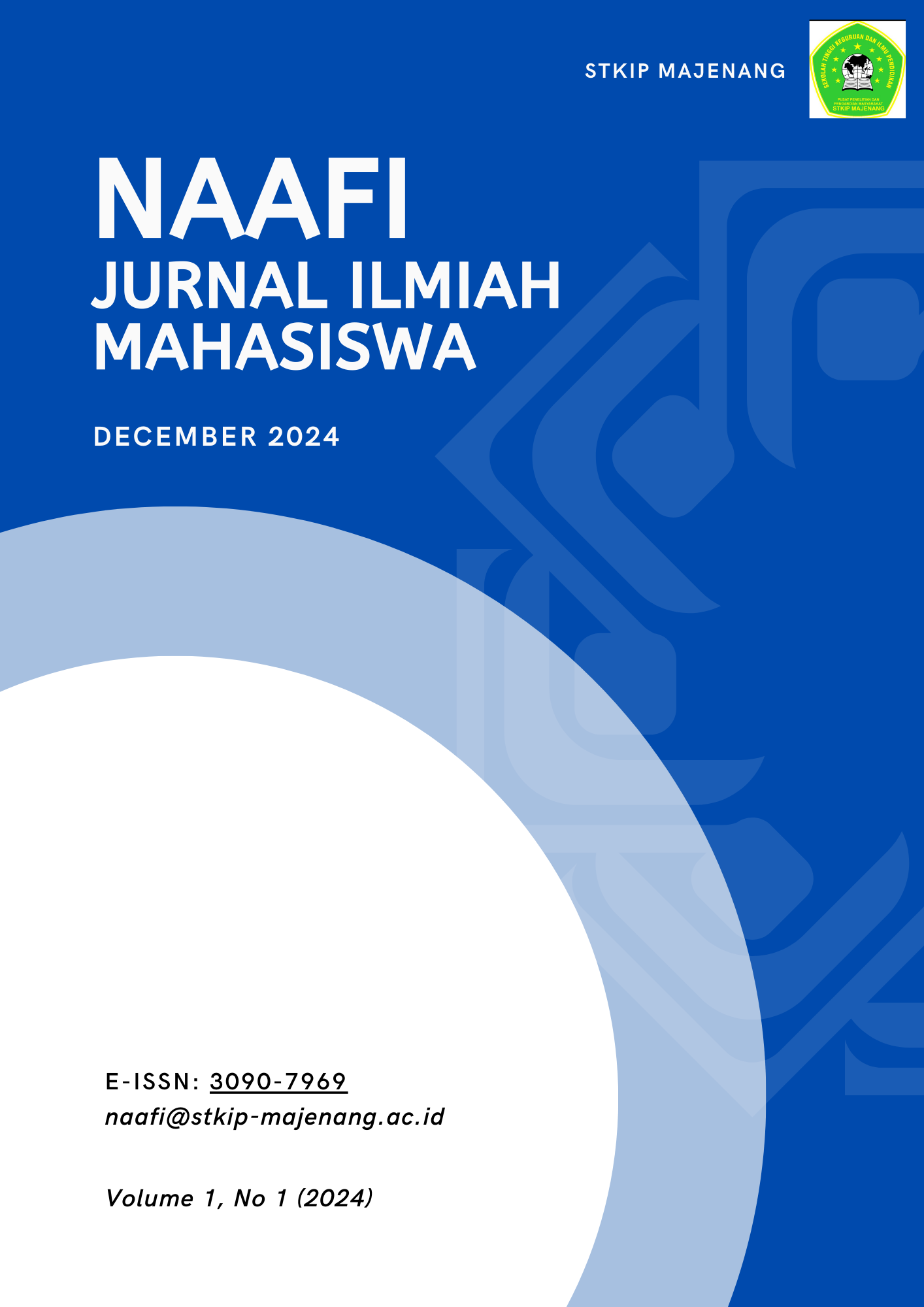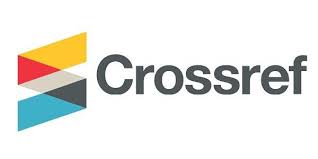Makna Pembayaran COD bagi Mahasiswa Ekonomi UNUJA sebagai Konsumen di Shopee
DOI:
https://doi.org/10.62387/naafijurnalilmiahmahasiswa.v1i6.92Keywords:
Cash On Delivery; E-Commerce; Consumer Behavior; Digital PaymentsAbstract
This study aims to analyze the meaning of Cash On Delivery (COD) payment for economics students at Universitas Nurul Jadid (UNUJA) as consumers on the Shopee e-commerce platform. With the advancement of digital technology, e-commerce has become a primary alternative for shopping, with Shopee being one of the most popular platforms in Indonesia. One of the payment methods frequently chosen by consumers, especially students, is COD, which allows payment to be made after the goods are received. This method provides a sense of security and reduces concerns about fraud, thus increasing purchase interest among students. This study uses a qualitative approach with a literature review method to explore the factors influencing the choice of COD payment method and how it impacts student consumption behavior. The findings show that COD offers convenience, flexibility, and a sense of security for students who have limited access to digital payment methods. Additionally, COD plays a role in improving students' financial literacy and strengthening the social relationship between consumers and e-commerce platforms through interaction with couriers. This study identifies various factors influencing students' decisions to choose COD, as well as its implications for e-commerce platform strategies to improve customer satisfaction and loyalty











